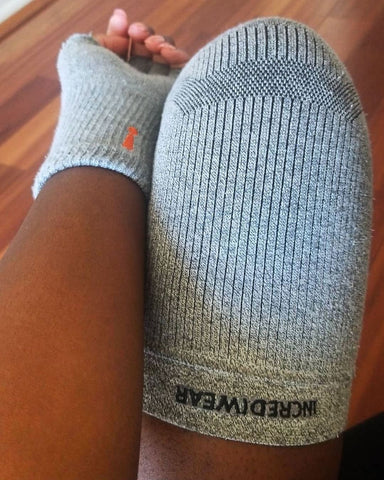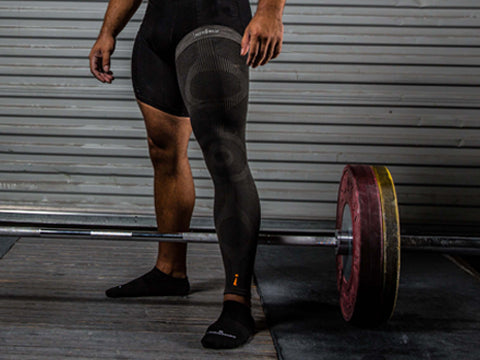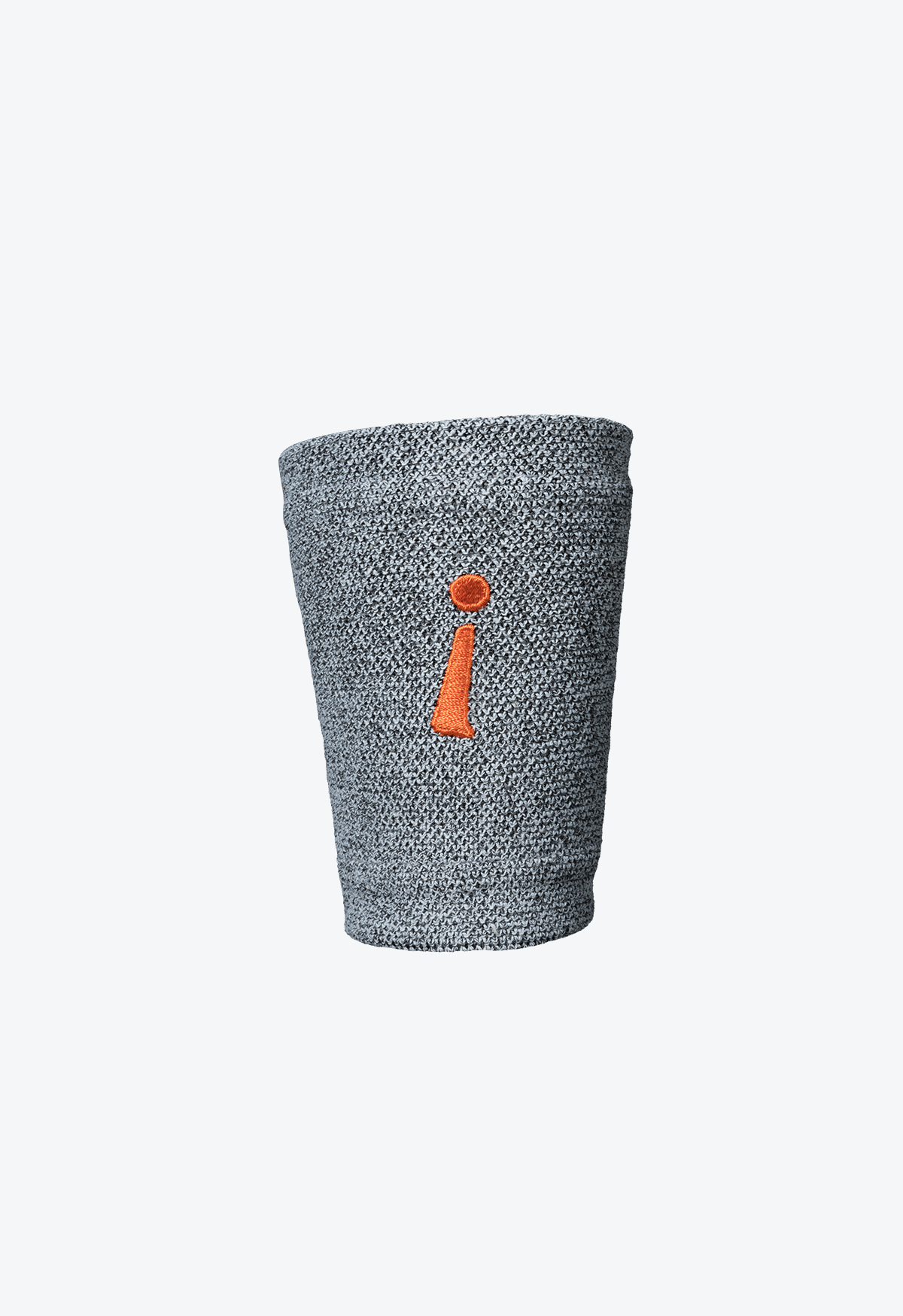Wrist sleeves are one of the most widely used medical devices in today’s society. What is the reason for this? It’s cause they are extremely beneficial. The word “wrist brace” refers to any specially constructed wearable used to help, protect, or limit wrist movement. They can be designed to suit either the right or left hand, and certain braces are interchangeable, meaning that depending on how you customize them, they can be used on either forearm. Wrist sleeves may be used to protect the wrist after an accident or to avoid an injury that you are aware is a possibility. They are often recommended or even administered by physicians for precise rehabilitation and are frequently used to alleviate long-term wrist pain conditions.
If you’re not sure whether you should wear a wrist sleeve for healing or relaxation, here’s a fast rundown of the most common (but far from exhaustive) reasons to do so.

Used As A Sports Training Support
The best wrist sleeves are commonly thought of as a treatment for pain or injury, but athletes recognize that they can also be used to avoid injury. Not all braces are rigid in covering or splinting an injury. There’s always the chance of overextending and spraining an ankle, or bending painfully out of balance in sports. Many sports, as well as the preparation for them, can result in repetitive motion injuries. By preventing the wrist from moving beyond a safe range of motion and, in some cases, spreading tension over a larger area, a firm elastic wrist brace without or with very small rigid panels may help athletes avoid these common injuries and the downtime that they inflict.

Helps Provide Support To Workers In Stocking And Shipping Industry
Repetitive motion accidents aren’t limited to athletes. Most people do something at work regularly that can cause wrist or other main joint harm. Workers in the stocking and shipping industries, who are constantly hauling boxes and flats of material, are particularly vulnerable to wrist injuries because they are constantly lifting and moving large objects and doing the same movements several times in a row for most of the year. Wearing a supportive brace like an athlete will help you prevent injury, and if you sustain a sprain or cumulative, repetitive motion trauma, a more rigid wrist brace can help you heal faster and return to work.

Helps In Treating Carpal Tunnel Syndrome
Carpel tunnel syndrome mainly occurs due to continuous working with your hands on a keyboard or controller. It is extremely popular among the many desk-based professions, given the digital nature of modern life and work. Carpal tunnel syndrome can affect someone who deals primarily with small motion finger manipulation, though jobs involving extreme vibration, such as jackhammer activity, can also cause it. Pressure, tingling, numbness, and trouble moving the thumb and first two fingers are common symptoms of carpal tunnel syndrome. It’s caused by excessive pressure on the median nerve, which passes through your wrist’s ‘carpal tunnel.’ A wrist sleeve for carpal tunnel (usually worn in pairs in this case) can help alleviate pressure and is an important part of carpal tunnel treatment. To relieve pressure on the nerve, many people wear braces at night and use an ergonomic keyboard during the day.

Helps With Swelling Reduction
If you don’t take action to avoid and minimize inflammation after a sprain or other mild internal wrist injury, the wrist is likely to swell dramatically. Your wrist can become more tender and painful to lift as it swells. It’s important to follow the RICE principles of injury rehabilitation to minimize and monitor swelling. Rest, Ice, Compression, and Elevation are all good options. After a sprain, a wrist brace serves two purposes: it supports the affected region and compresses the wrist to reduce swelling. Although an elastic bandage may be used for this, a wrist brace with braces is quicker and easier to put on and remove. The seriousness of your injury, your scheduled activities during rehabilitation, and how long it takes for the swelling to go down can all influence how long you wear the wrist brace.

Prevents Further Injuries
You may not need the compression of a strong elastic-enforced wrist brace after the swelling from a wrist injury has gone down, but you may also need to shield the injury from further damage due to misuse. If you’re like most people, you don’t have time to take several weeks off from work and other activities, but you also don’t want to further injure your wrist by trying to lift something too high, holding something at an incorrect angle, or forgetting that your wrist is healing because it no longer hurts. A rigid wrist brace can serve as a motion restraint to prevent over-extension as a tendon heals, as well as armor to defend against unintentional impacts and support to help disperse any lifting work you must do. It may also act as a physical reminder that your wrist is still hurt and should be handled cautiously.

For Tendonitis Treatment
Tendonitis is a form of repetitive motion injury that is usually caused by excessive wrist usage. It looks like carpal tunnel syndrome and is often confused with it, but it has little to do with the wrist’s eponymous carpal tunnel. Overuse of the wrist at a computer desk, storage space, or sports field causes tendonitis, which causes gradual minor damage and eventual inflammation of the tendons in your wrist that connect your fingers to the muscles in your arm. Overuse without proper warm-ups and exercises, which is uncommon among office workers and manual laborers, causes the arm muscles to tighten, pulling the tendons too tight.

For Arthritis Treatment
Arthritis may strike anyone, and it is not caused by physical activity. When all of the buffer cartilage in your wrist wears away, the tiny wrist bones rub directly against each other, causing arthritis. This can be excruciatingly painful, cause swelling, and limit the wrist’s relaxed movements without completely stopping it. Although there are many successful therapies for arthritis, partially immobilizing your wrist with braces that prevent it from moving too much, particularly during painful activities, is one of the best ways to minimize this painful bone rubbing.
Wrist sleeves are used for various purposes, including support, rehabilitation, immobilization, compression, and security, but not all at the same time. Suppose you’re an athlete trying to prevent injury during practice. In that case, a conscientious desk jockey dealing with tendonitis, or someone healing from a common wrist sprain, there’s a wrist brace out there that can help you meet your goals while still keeping your wrist secure in the future. Please contact Incrediwear today for more information on Wrist sleeves or other sports-related medical devices!
Read more
Most people feel the need for anti-inflammatory recovery wear for recovering after heavy lifting at the gym. But with technology like gradient concretion, we have specific recovery wear that helps ...

After an intense workout session, people generally don’t possess sufficient time for relaxing their sore muscles either by applying ice or compression. If you’re amongst such individuals, then you ...






Leave a comment
All comments are moderated before being published.
This site is protected by hCaptcha and the hCaptcha Privacy Policy and Terms of Service apply.